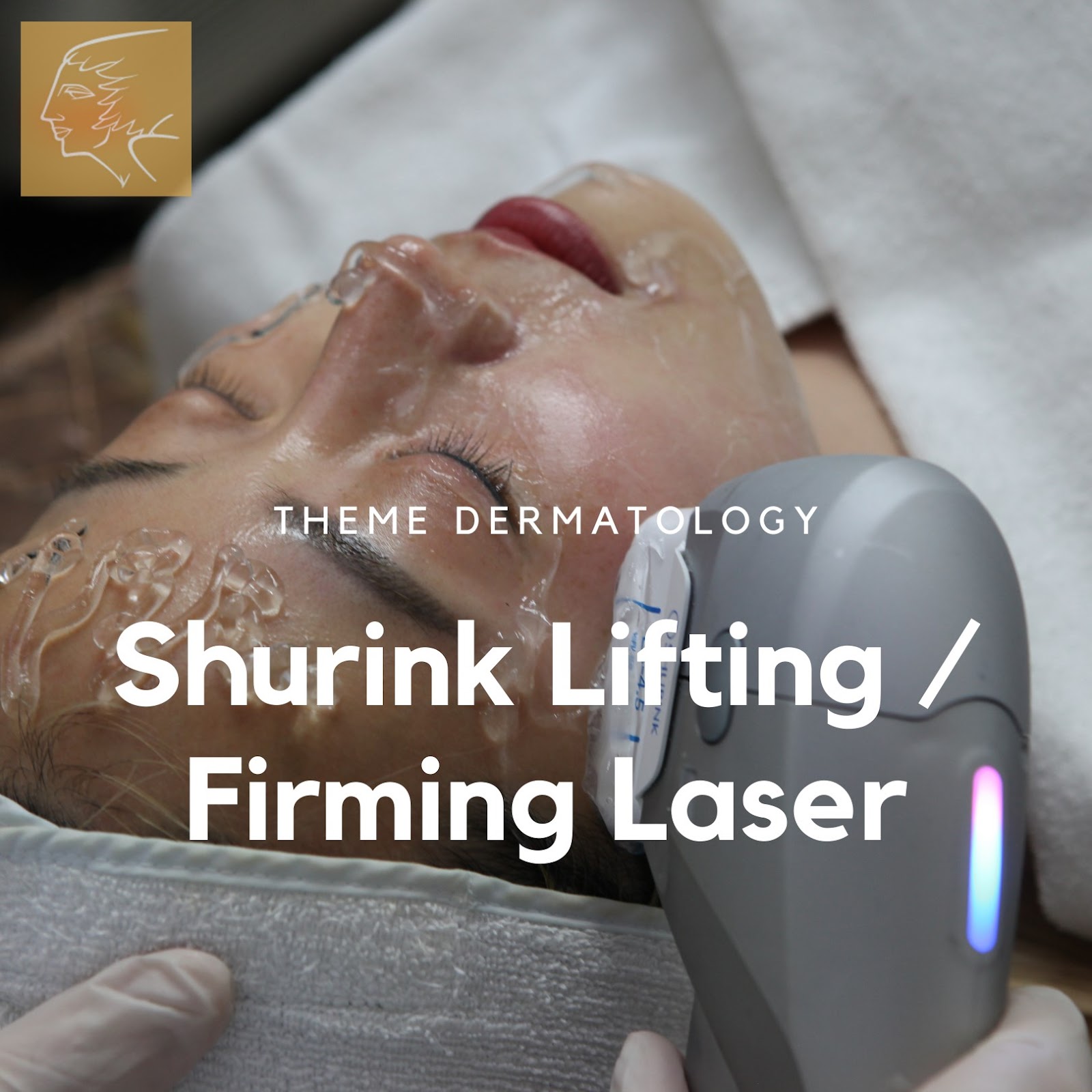The skin is the largest organ in the human body, and it’s also one of the most visible. As we age, our skin naturally begins to lose some of its elasticity and firmness. This process can be accelerated by exposure to the sun, smoking, poor diet, and other unhealthy lifestyle choices. Genetics also play a role in how quickly our skin ages.
Skin starts to sag when the collagen and elastin fibers that give it structure begin to break down. This process is accelerated by exposure to ultraviolet (UV) radiation from the sun, which damages these fibers. Other contributing factors include smoking, poor diet, and certain medical conditions. In fact, here are some specific factors on why the sag occurs.
Factors in skin sagging

Skin sagging because of sun damage
When it comes to skin aging, sun damage is one of the worst offenders. Ultraviolet (UV) radiation from the sun breaks down collagen and elastin fibers, which are responsible for giving our skin its firmness and elasticity. This damage can lead to wrinkles, fine lines, and sagging skin.
Skin sagging because of smoking
Smoking accelerates skin aging in multiple ways. It reduces the blood flow to the skin, which means essential nutrients and oxygen are not being delivered as efficiently. Smoking also damages collagen and elastin fibers, leading to premature skin aging.
Skin sagging because of poor diet
A diet that is high in sugar and refined carbohydrates can cause Glycation. Glycation is a process in which sugars attach themselves to proteins, and this process can damage the proteins. This damage causes the skin to become less elastic, and as a result, the skin can start to sag.
To prevent Glycation, it is important to consume a diet that is high in antioxidants and low in sugar. Antioxidants help to protect the proteins from damage, and a low sugar diet will help to keep the level of sugar in the blood low, which will prevent it from attaching to proteins.
Skin sagging because of aging
As we age, our bodies produce less collagen and elastin. These are the proteins that give our skin its structure and firmness. The loss of collagen and elastin leads to wrinkles, fine lines, and sagging skin.
Skin sagging caused by genetics
Some people are simply more prone to skin sagging than others. This is due to genetics and cannot be prevented.
Preventive measures you can participate in

While there’s no way to completely stop the aging process, there are several things you can do to slow it down and keep your skin looking its best. One of the most important things you can do is to protect your skin from the sun. Wear sunscreen every day, even on cloudy days, and try to stay out of direct sunlight as much as possible.
While some factors that cause skin sagging, such as aging and genetics, are out of our control, there are several things we can do to slow down the process.
- Use sunscreen: ultraviolet (UV) radiation from the sun damages collagen and elastin fibers, leading to premature skin aging. Wearing sunscreen with an SPF of 30 or higher can help protect your skin from this damage.
- Don’t smoke: smoking accelerates skin aging in multiple ways. It reduces the blood flow to the skin, which means essential nutrients and oxygen are not being delivered as efficiently. Smoking also damages collagen and elastin fibers, leading to premature skin aging.
- Eat a healthy diet: a diet that is high in sugar and refined carbohydrates can cause Glycation. Glycation is a process in which sugars attach themselves to proteins, leading to the formation of harmful new molecules called advanced glycation end products (AGEs). AGEs damage collagen and elastin fibers, contributing to premature skin aging. Eating a healthy diet that is low in sugar and refined carbohydrates can help prevent this damage.
How to increase collagen production (Shurink Laser, Ulthera)

There are several options for increasing collagen production. One option is to use a laser, such as the Shurink Laser. The Shurink laser heats up the SMAS (muscle) layer underneath the skin to stimulate the production of collagen.

Another option is Ulthera. Ulthera is a another ultrasound-based treatment that stimulates the production of collagen. It can be used to improve the appearance of wrinkles, fine lines, and sagging skin.
Both of these options are effective at increasing collagen production and can help improve the appearance of aging skin.
In Conclusion
Skin sagging is a common problem that can be caused by sun damage, smoking, poor diet, aging, and genetics. There are several things you can do to prevent or slow down the process, such as using sunscreen, not smoking, and eating a healthy diet. If you are concerned about skin sagging, there are several options for increasing collagen production, including laser treatments and ultrasound-based treatments.
Don’t hesitate to contact us here at Root Hair Clinic so we can further assist you with what you need. We are currently the longest-running hair transplant in Gangnam, so we can ensure you of quality work that our loyal clients can vouch for.
We only work with PhD-carrying doctors who offer consistent results and have incurred no medical accidents. In fact, we even offer aftercare check-ups with the doctors as necessary – so you won’t have to worry about what to do days after your procedure!
If you have any queries or clarifications, feel free to contact us at +82 10-3111-3505, send us an email over at [email protected], or shoot us a message via our website or Facebook page.

